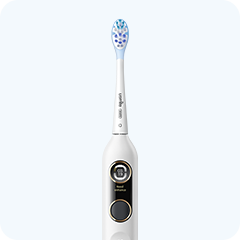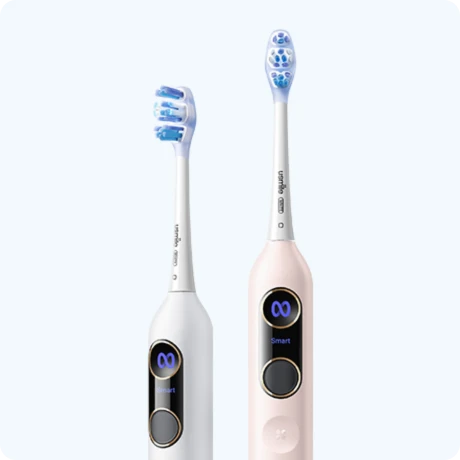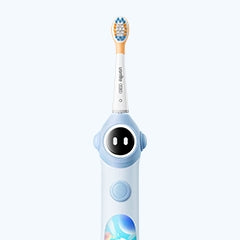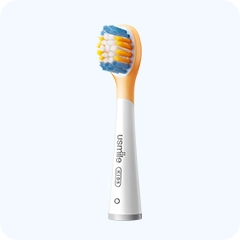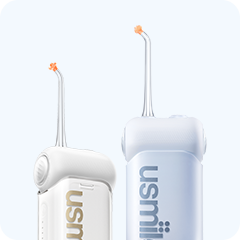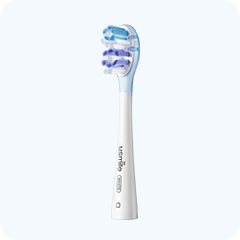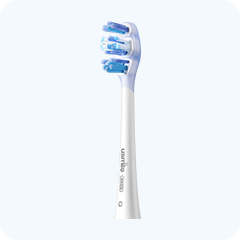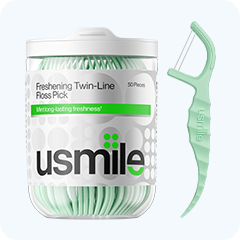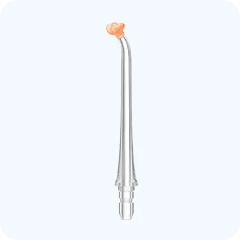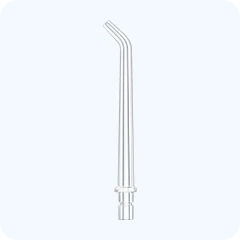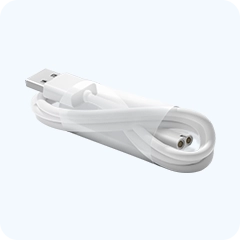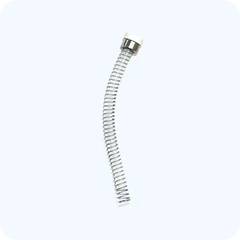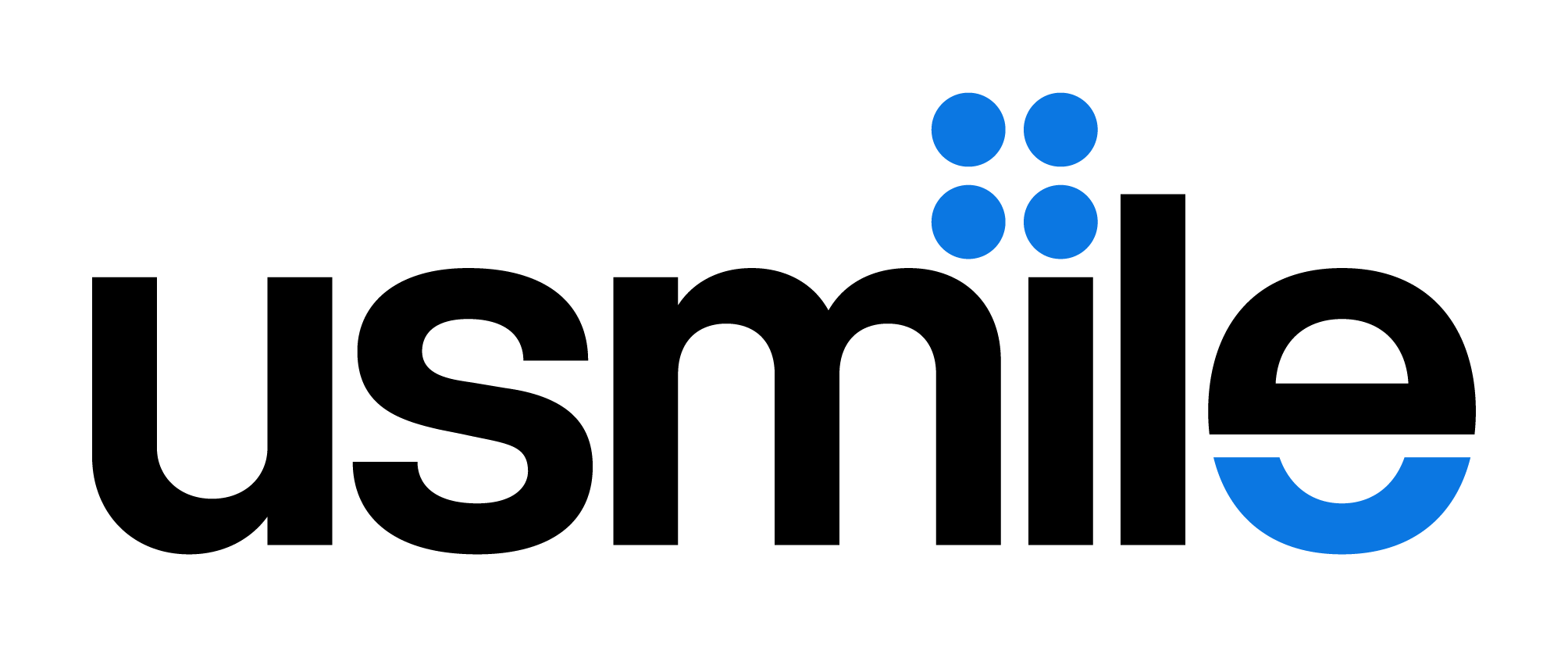When most people think of orthodontic problems, the first thing that comes to mind is crooked teeth. While misaligned teeth are a common concern, there are several lesser-known orthodontic issues that can have a significant impact on your oral health, facial structure, and overall quality of life. In this article, we'll explore four key orthodontic problems beyond crooked teeth that deserve your attention, especially if you're in the 20-45 age group where these issues can manifest with lasting effects.
1. Deep Bite: Understanding Jaw Pressure and Oral Health Risks
A deep bite, medically known as "deep overbite," occurs when the upper front teeth excessively overlap the lower front teeth, often covering more than 30% of the lower teeth. This misalignment isn't just a cosmetic concern—it creates a mechanical imbalance in the jaw joint. Over time, the excessive pressure on the temporomandibular joint (TMJ) can lead to:
- Chronic jaw pain or tenderness
- Clicking/popping sounds when opening/closing the mouth
- Migraine-like headaches triggered by jaw muscle strain
- Accelerated wear on the lower front teeth enamel
For adults in their 20s-40s, this is particularly relevant as TMJ disorders often emerge during periods of increased stress, which can exacerbate jaw clenching habits. Orthodontic solutions like custom retainers, Invisalign, or traditional braces can correct the vertical overlap, relieving TMJ pressure and preventing long-term dental damage.
2. Underbite: The "Underbite" Effect on Chewing and Facial Development
An underbite occurs when the lower jaw protrudes forward, causing the lower teeth to sit in front of the upper teeth. While often associated with childhood development, untreated underbites in adults can lead to:
- Inefficient chewing and digestive issues (poorly chewed food strains the stomach)
- Asymmetrical facial structure (jaw misalignment affects chin and cheekbone appearance)
- Increased risk of tooth fractures (misaligned bite creates uneven pressure points)
For parents of young children (ages 6-12), early intervention is critical to guide jaw growth, but adults can also benefit from orthodontic treatment. Modern options like clear aligners or jaw expanders (for skeletal issues) can realign the bite, improving both function and facial symmetry. Studies show that correcting underbites by age 45 can significantly reduce the risk of developing periodontal disease linked to uneven bite forces.
3. Open Bite: The Tongue-Thrust Habit Connection You Can't Ignore
An open bite is characterized by a vertical gap between the upper and lower front teeth when the mouth is closed, often caused by a tongue-thrusting habit (where the tongue rests between the teeth when swallowing). This habit, common in children who thumb-suck or have enlarged tonsils, can persist into adulthood and lead to:
- Speech impediments (difficulty pronouncing "s" and "th" sounds)
- Poor oral hygiene (gaps trap food particles, increasing cavity risk)
- TMJ dysfunction (unbalanced jaw closure strains joint ligaments)
For adults, breaking the tongue-thrust habit often requires a combination of orthodontic treatment (to close the gap) and myofunctional therapy (to retrain tongue posture). Ignoring open bites can lead to progressive gum recession and even jaw joint degeneration by the mid-40s, making early diagnosis crucial.
4. Tooth Crowding: The Hidden Cavity Risk in Overlapping Teeth
While mild crowding is common, severe tooth crowding creates tiny gaps between overlapping teeth that are nearly impossible to clean with a toothbrush or floss. These "cleaning blind spots" trap plaque and food debris, leading to:
- Higher incidence of cavities and gum inflammation
- Increased risk of periodontal disease (gum infection spreads more easily in crowded areas)
- Tooth enamel erosion from improper brushing angles
Orthodontic correction not only improves smile aesthetics but also creates a healthier oral environment. Removable aligners or traditional braces can gently shift teeth into proper alignment, reducing the risk of costly dental procedures later in life. Research shows that adults who correct crowding by age 40 experience a 37% lower rate of posterior tooth decay compared to untreated cases.
Why Addressing These Issues Matters for Ages 20-45
-
Career & Confidence: A functional, healthy smile impacts professional first impressions and personal self-esteem.
-
Long-Term Health: Untreated bite issues accelerate dental wear and jaw joint degeneration, leading to expensive treatments in later years.
-
Parental Awareness: Parents in this age group can spot early signs in children, preventing more complex issues down the line.
Take Action: Schedule a Comprehensive Orthodontic Evaluation
If you notice persistent jaw pain, difficulty chewing, or ongoing oral hygiene issues, don't wait—these could be signs of underlying orthodontic problems. Modern orthodontics offers discreet, effective solutions tailored to adults, including clear aligners, lingual braces (hidden behind teeth), and short-term cosmetic braces for minor adjustments.
Remember: A beautiful smile starts with proper alignment. Don't let hidden orthodontic issues compromise your oral health—take the first step today.
